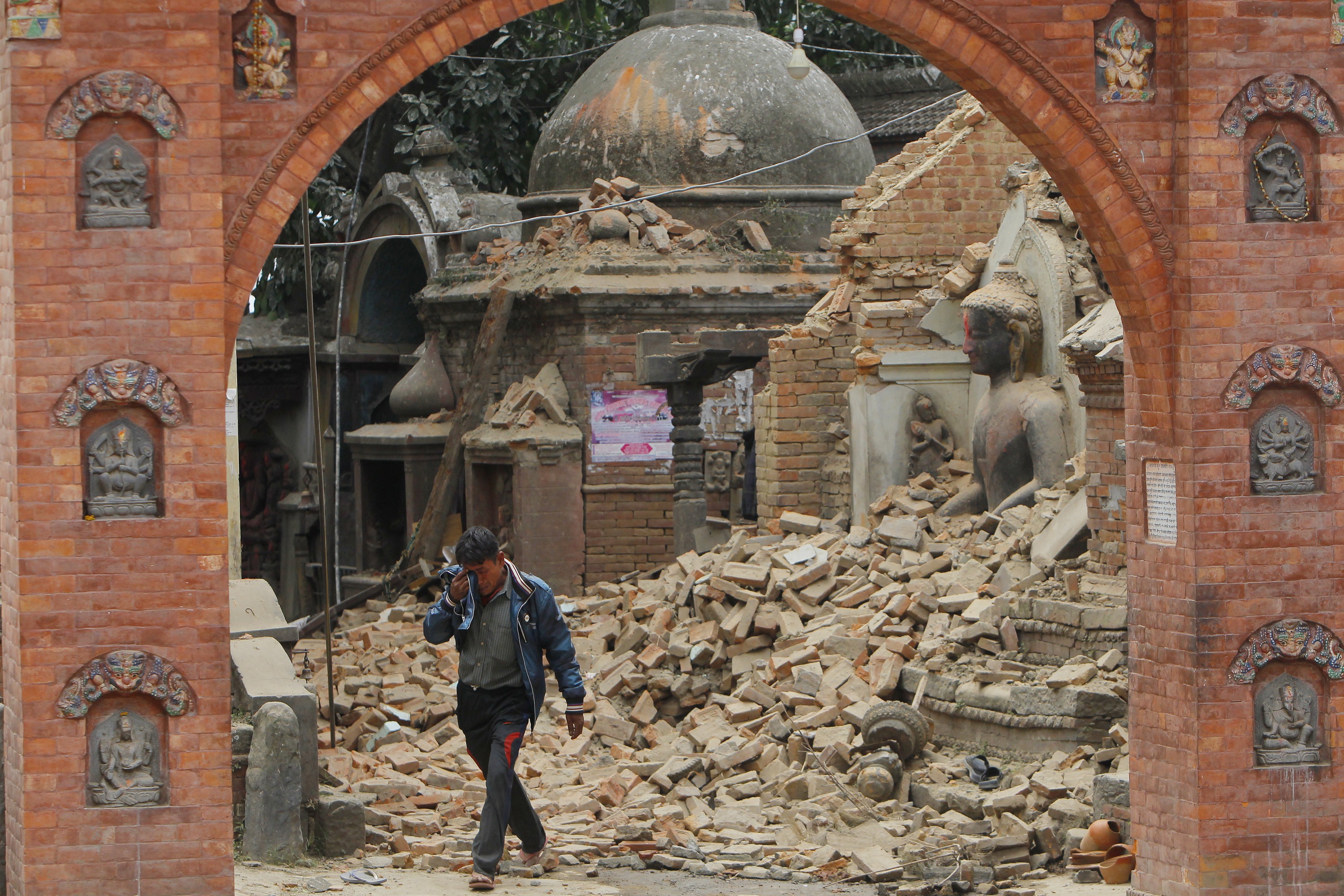Nepal earthquake of 2015 was one of the worst natural disasters in the history of Nepal. It struck central Nepal on April 25, toppling buildings and causing landslides and flash flooding that destroyed entire villages. Nearly 9,000 people were killed in the disaster. About 23,000 other people were injured, and hundreds of thousands of homes were destroyed.

The earthquake struck at 11:56 a.m. local time on April 25, 2015, and lasted for about a minute. According to the United States Geological Survey, it had a magnitude of 7.8. Magnitude is a measurement of earthquake strength based on ground motion. The quake’s hypocenter—the point deep in Earth where it originated—was about 9.3 miles (15 kilometers) beneath Earth’s surface. Its epicenter—the point on Earth’s surface directly above the focus—was about 50 miles (80 kilometers) northwest of Kathmandu, Nepal’s capital. This area lies along the border between two tectonic plates—the Eurasian Plate and the Indian-Australian Plate. Tectonic plates are large, rigid sections of Earth’s rocky outer shell. The slow movements of the plates in relation to one another can cause earthquakes. Aftershocks (smaller quakes that follow a main, larger earthquake) from the April 25 quake continued into mid-May. The strongest of these, with a magnitude of 7.3, struck on May 12.
The April 25 quake killed about 9,000 people. Most of those killed were in Nepal. However, dozens of people died from the quake in China and India, and several more were killed in Bhutan. The quake caused landslides that blocked roads, complicating relief efforts. A border dispute with India slowed the delivery of fuel and other essential supplies to quake-hit areas in Nepal. Political fights within Nepal’s government slowed both the distribution of relief aid and rebuilding efforts. Rescue and medical personnel from many nations and international relief organizations traveled to Nepal to assist with recovery projects.
